Myths + Facts about Breastfeeding
Breastfeeding can be daunting for first-time moms, especially when it comes to differentiating between fact and fiction. In this blog article, we intend to clarify common breastfeeding misconceptions and provide evidence-based information to help new moms make informed decisions.
Top 6 Breastfeeding Myths
Myth #1: Breastmilk and formula have differences but only a few.
Fact: You may have heard the old saying "breast is best" but let's review some important facts about breastfeeding and the incredible benefits it offers your baby.
Human milk plays a critical role in boosting your baby's immune system. As a result, it helps your baby fight viral, bacterial, and parasitic infections, including:
Respiratory tract infections
Ear infections
Bacterial meningitis
Pneumonia
Urinary tract infections
Infant diarrhea
Common colds and flu
Breastfeeding can also help reduce a baby's risk of disease later in life, including:
Type I and II diabetes
Hodgkin's disease
Leukemia
Obesity
High blood pressure
High cholesterol levels
Crohn's disease
Ulcerative colitis
Asthma
Eczema
Myth #2: Breastfed babies need to eat more frequently, and I will get less sleep and be more tired.
Fact: Studies show that people who breastfeed get more sleep, about 45 minutes per night. That can add up to a lot in those early days. Human milk contains hormones that promote sleep and calmness in babies. (Who doesn't love that?) Breastfeeding also calms the mother and helps her bond with the baby.
Myth #3: Breastfed babies get more cavities when their teeth grow in.
Fact: Breastfeeding reduces a baby's risk of cavities later on and may lower the chance they will need braces as kids.
Myth #4: There is no way to know how much the baby eats when breastfeeding.
Fact: There are solid ways to know that your baby is getting enough to eat. On average, babies remove 67% of the milk mama has available—they eat until fullness, not until the breast is emptied.
Myth #5: You should use breastfeeding for weight loss.
Fact: While it takes 500-1,000 calories a day on average to produce breast milk, women are advised to consume at least an extra 500 calories a day. The body dips into reserves it built up in pregnancy to make the rest. Consuming those extra calories is essential, or the body goes into "starvation mode" and holds onto the reserves. Some people do lose a lot of weight while breastfeeding, but usually, this is because there is a big deficit in calories. Often, it is the opposite; people hold onto about 10-15 pounds on average until they are finished breastfeeding.
Myth #6: As my baby gets older, breastfeeding doesn't have the same benefits.
Fact: According to The American Academy of Pediatrics and the World Health Organization, women should perform exclusive breastfeeding for about the first 6 months, with continued breastfeeding and introducing appropriate complementary foods for up to 2 years of age or longer.
A mother's body is constantly making the perfect milk for her baby. Milk changes its nutritional profile as the baby grows (milk made for a 3-month-old is different than for a 9-month-old). It can even change daily—for example, water content may increase during hot weather and baby sickness to provide extra hydration. Also, breastfeeding reduces mama's risk of ovarian and breast cancer, heart disease, and osteoporosis. The longer she breastfeeds, the higher the benefit.
DID YOU KNOW…
Below, we have a few more interesting facts about breastfeeding:
Breastfed baby girls reduce their lifetime risk of breast cancer by 25%.
Breastfeeding saves a family approximately $2 to 4 thousand dollars annually (compared to the cost of formula).
Breastfeeding helps mama heal faster postpartum, allowing her uterus to return to pre-pregnancy size faster and lowering postpartum blood loss.
Almost 75% of all moms produce more milk in their right breast, whether right- or left- handed.
Breastfed infants are at lower risk for sudden infant death syndrome (SIDS)
Mama's breasts can detect even a one-degree fluctuation in baby's body temperature and adjust accordingly to heat up or cool down the baby as needed. This is one reason skin-to-skin contact in the early days is so crucial.
Uncovering the Truth Behind Breastfeeding Myths
Being a new mom has many responsibilities so having the facts and ability to decipher myth from truth is essential. At the Twin Cities Birth Center, we want to empower women to have access to reliable information about their fertility, pregnancy, and post-partum journey.
We invite you to browse our library of helpful articles for more topics that pertain to your individual situation. You can also call us for questions or to learn more about our lactation classes that help you focus on understanding nursing positions, infant feeding cues, nutrition, supplies, and common concerns.
Curious about midwifery care? Get in touch with us so you can learn more about this option.

